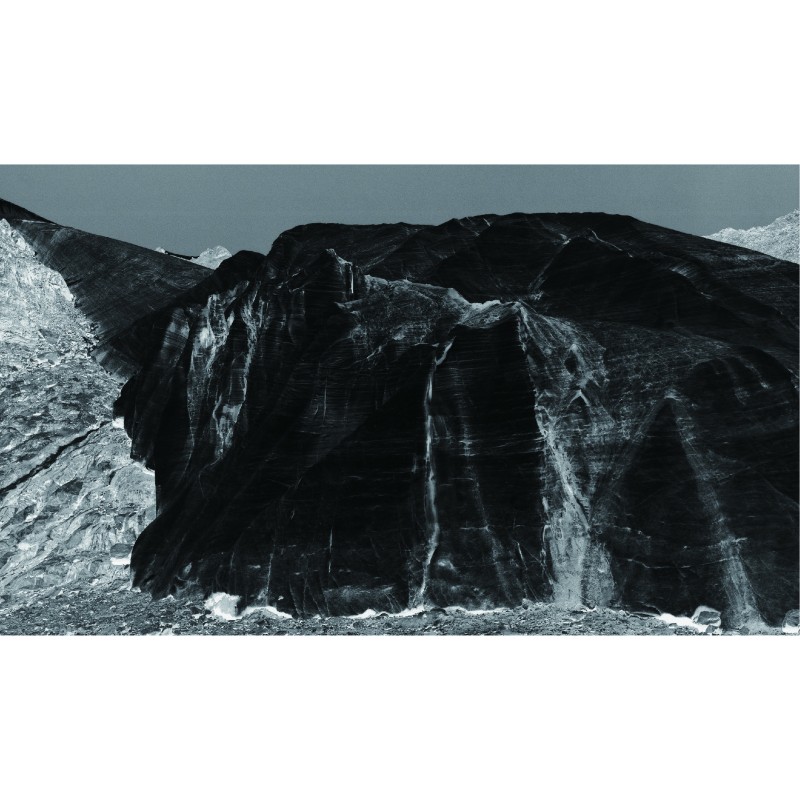In ancient Chinese, the terms "jing (scene)" and "ying (shadow)" were originally interchangeable. Therefore, "she ying", which means photography in Chinese, was originally "she jing", referring to capturing "scenes" rather than "shadows". However, in modern times, people have assigned different meanings to "jing" and "ying." During the Qing Dynasty, Duan Yucai explained in his book Shuowen Jiezi Zhu that "'jing' means light" and "...wherever there is light, there will be shadows. Since light works like a mirror, it is called 'jing'..." Therefore, "feng jing" (the landscape) is about light, not the dense darkness cast by mountains and floating clouds on the earth.
About twenty or thirty years ago, in the caves of Yungang Grottoes and Longmen Grottoes, a young photographer noted another profound interaction between light and shadow. On the walls, which had been ravaged by time or invaders, only faint traces of the sculptures remained like shadows. But when Shi Minfeng reversed the images in the darkroom, as if divine light leaked out, the disappeared Buddha statues miraculously reappeared. This small discovery led him to tirelessly explore the characteristics of photography in his future artistic career: what determines the unique quality of a photographic image, light, or shadow?
The answers to these questions are crucial to the ultimate fate of this art form in Chinese culture and are related to the direction of contemporary Chinese art. Does a landscape reveal itself due to external illumination, or does it lights itself inside out? Perhaps the answer is not simply one or the other. Through Shi Minfeng's lens, the landscape becomes first of all a "xiang" (image) of something, transcribing the figure of the world. It is also a "xiang (representation)" as ancient Chinese painters favored, likening the world to a "painting". Most importantly, through constant reversion, from the darkroom to nature, from shadow to light, from the camera to the photographer's eye and from technique to meaning, the final barrier between the creator and his subject is eliminated.
Text/ Tang Keyang
